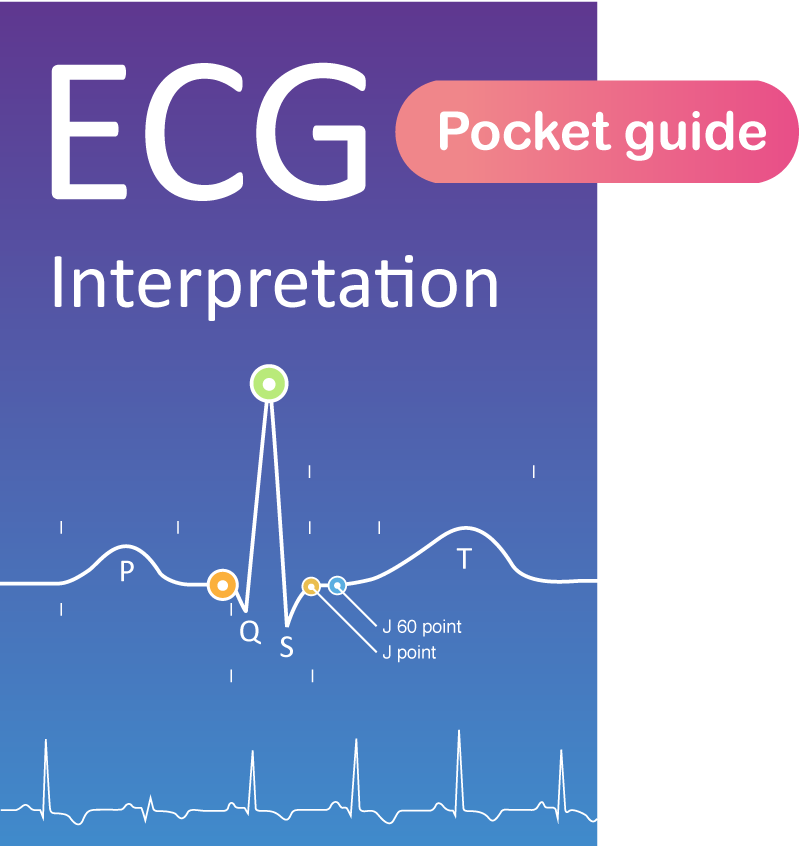Pneumothorax
Pneumothorax is characterized by the presence of free air in the thoracic cavity. While this can occasionally be benign and manifest even in healthy individuals, a tension pneumothorax arises when the volume of air is substantial enough to compress the superior and inferior vena cava, impeding or halting venous return to the heart. In instances of tension pneumothorax, the accumulated pressure can shift the entire mediastinum, manifesting externally as a laryngeal displacement.
Etiologies of tension pneumothorax include:
- Traumatic injuries (blunt force, lacerations, gunshot wounds)
- Asthmatic episodes
- Iatrogenic events (e.g., during central venous catheter insertion)
- Underlying lung pathologies
- In cases of benign pneumothorax, positive pressure ventilation can precipitate a tension pneumothorax, leading to circulatory collapse.
Diagnosis of a tension pneumothorax can be made via auscultation, where asymmetric lung sounds are noted, specifically with an absence of sounds on the affected side. Ultrasonography can reveal pneumothorax (highlighted by a lack of lung tissue) and its impact on cardiac function. Clinically, patients may present with:
- Absent breath sounds on the affected side
- Crepitus
- Subcutaneous emphysema
- Hypotension
- Hypoxia
- Mediastinal shift, with potential tracheal deviation to the opposite side
- Distended jugular veins
Management
- Decompression using a venous cannula
- Can be executed in a pre-hospital setting.
- A large venous cannula, preferably ≥7 cm, should be utilized.
- The cannula is inserted into the 4th or 5th intercostal space along the anterior axillary line.
- Thoracostomy
- This method is generally deemed safer than using a needle due to reduced risk of injury. Thoracostomy should be performed promptly following needle decompression.
- Thoracostomy with drainage typically serves as a stabilizing intervention.
References
Debehnke DJ, Hilander SJ, Dobler DW, Wickman LL, Swart GL. The hemodynamic and arterial blood gas response to asphyxiation: a canine model of pulseless electrical activity. Resuscitation 1995; 30:16975.
Safar P, Paradise NA, Weil MH. Asphyxial cardiac arrest. In: Paradis NA, Halperin HR, Kern KB, Wenzel V, Chamberlain DA, editors. Cardiac arrest—the science and practice of resuscitation medicine.
Kitamura T, Kiyohara K, Sakai T, et al. Epidemiology and outcome of adult out-of-hospital cardiac arrest of non-cardiac origin in Osaka: a population-based study. BMJ Open 2014; 4:e006462.
Deasy C, Bray J, Smith K, et al. Hanging-Associated out-of-hospital cardiac arrests in Melbourne, Australia. Emerg Med 2013; 30:3842.
Luna GK, Pavlin EG, Kirkman T, Copass MK, Rice CL. Hemodynamic effects of external cardiac massage in trauma shock. J Trauma 1989; 29:1430-3 .
Jeffcoach DR, Gallegos JJ, Jesty SA, et al. Use of CPR in hemorrhagic shock, a dog model. J Trauma Acute Care Surg 2016; 81:27-33 .
Watts S, Smith JE, Gwyther R, Kirkman E. Closed chest compressions reduce survival in an animal model of haemorrhageinduced traumatic cardiac arrest. Resuscitation 2019; 140:37-42.
Endo A, Kojima M, Hong ZJ, Otomo Y, Coimbra R. Open-chest versus closed-chest cardiopulmonary resuscitation in trauma patients with signs of life of life hospital arrival upon arrival: a retrospective multicenter study. Crit Care 2020; 24:541.
Ebo DG, Clarke RC, Mertes PM, et al. Molecular mechanisms and pathophysiology of perioperative hypersensitivity and anaphylaxis: a narrative review. Br J Anaesth 2019; 123:e3849.
Wallmuller C, Meron G, Kurkciyan I, et al. Causes of in-hospital cardiac arrest and influence on outcome. Resuscitation 2012; 83:120611.
Wang CH, Huang CH, Chang WT, et al. The effects of calcium and sodium bicarbonate on severe hyperkalaemia during cardiopulmonary resuscitation: a retrospective cohort study of adult in-hospital cardiac arrest. Resuscitation 2016; 98:10511.
Saarinen S, Nurmi J, Toivio T, et al. Does appropriate treatment of the primary underlying cause of PEA during resuscitation improve patients’ survival? Resuscitation 2012; 83:81922.
Mroczek T, Gladki M, Skalski J. Successful resuscitation from accidental hypothermia of 11.8 degrees C: where is the lower bound for human beings? Eur J Cardiothorac Surg 2020; 58:10912.
Stephen CR, Dent SJ, Hall KD, Smith WW. Physiologic reactions during profound hypothermia with cardioplegia. Anesthesiology 1961; 22:87381.
Frei C, Darocha T, Debaty G, et al. Clinical characteristics and outcomes of witnessed hypothermic cardiac arrest: a systematic review on rescue collapse. Resuscitation 2019; 137:418.
Wood S. Interactions between hypoxia and hypothermia. Annu Rev Physiol 1991; 53:7185.
Podsiadlo P, Darocha T, Svendsen OS, et al. Outcomes of patients suffering unwitnessed hypothermic cardiac arrest rewarmed with ext
